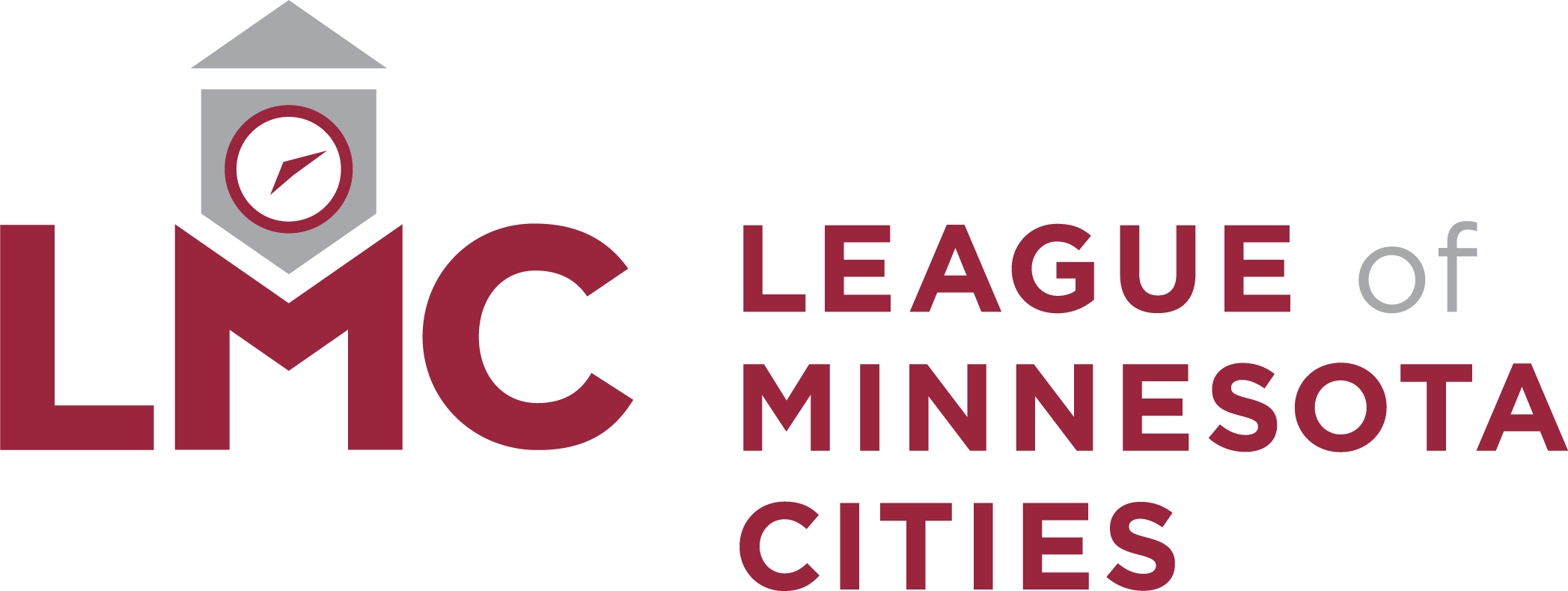New Report Highlights Challenges and Solutions of Local Government Workforce Crisis
The report reveals significant recruitment and retention challenges driven by generational shifts, resource constraints, and evolving workforce expectations.
The League of Minnesota Cities (LMC) recently partnered with the Citizens League and the Association of Minnesota Counties (AMC) to shed light on an emerging workforce crisis in Minnesota’s local governments. The organizations collaborated on a report, “Strengthening Public Service: Workforce Challenges and Opportunities for Local Government Entities in Minnesota,” which reveals significant recruitment and retention challenges driven by generational shifts, resource constraints, and evolving workforce expectations.
The growing challenge
Minnesota has long prided itself on strong civic engagement, with a robust public sector workforce comprising employees in 856 cities, 87 counties, and more than 1,700 townships. However, a dwindling pipeline of government workers threatens the efficiency and sustainability of local services.
The report highlights a stagnation in job recovery following the COVID-19 pandemic, with a notable sector-wide decline between 2020 and 2022. Key factors contributing to this workforce challenge include an aging employee base, increasing workloads, and competition from the private sector. Additionally, many government employees shared that burnout, lack of advancement opportunities, and concerns about job security are major deterrents to staying in public service.
Critical workforce gaps
The report identifies specific sectors within local government facing the most severe staffing shortages. Among them are:
- Law enforcement
- Public safety
- Infrastructure maintenance
- Human services
- Information technology
Municipal leaders reported difficulty attracting qualified candidates for these critical roles, with generational differences in job expectations playing a role. Younger workers are typically seeking more flexible work environments and career development opportunities — areas where local governments often struggle to compete with private employers.
The role of resources
Funding disparities between urban and rural communities exacerbate these workforce challenges. Cities and counties with greater financial resources experience fewer difficulties in hiring and retaining employees, while less-funded local governments face continuous staff turnover. The report notes that inconsistent local government aid, restrictive property tax levies, and competition for capital investment make it difficult for municipalities to offer competitive salaries and benefits.
Key recommendations
The report outlines several recommendations to strengthen Minnesota’s local government workforce, including:
- Enhanced recruitment strategies:
- Developing internship and apprenticeship programs to attract younger workers.
- Expanding public awareness of government career opportunities.
- Competitive compensation and benefits:
- Conducting wage studies to ensure competitive salaries.
- Exploring flexible benefit solutions, such as paid time off PTO cash-outs and transit reimbursements.
- Training and professional development:
- Increasing access to certifications and technical training for specialized roles.
- Implementing leadership development programs to address succession planning.
- Workplace culture and employee well-being:
- Addressing workload concerns to prevent burnout.
- Providing mental health support and policies to enhance workplace safety.
Moving forward
With over 940 Minnesotans contributing feedback to this study, the Strengthening Public Service report serves as both a wake-up call and a roadmap for addressing Minnesota’s local government workforce crisis. As the state continues to navigate economic and demographic shifts, policymakers and community leaders must take decisive action to ensure a sustainable and effective public sector workforce.
Minnesota’s local governments play a critical role in maintaining essential services, from infrastructure and public safety to education and civic engagement. Ensuring that these services remain robust requires investment, innovation, and a renewed commitment to attracting and retaining dedicated public servants.
As discussions around these challenges unfold, stakeholders hope that the report’s findings will lead to meaningful changes, fostering a new generation of government employees dedicated to serving Minnesota communities.
Learn more
Want to dive deeper into the “Strengthening Public Service” report? Join us at the 2025 LMC Annual Conference for a pre-conference workshop led by Citizens League Executive Director Jake Loesch and Policy Director Luna Allen-Bakerian. This workshop will provide an opportunity to delve into these insights, discuss actionable recommendations, and explore ways to strengthen the local government workforce across Minnesota.
Learn more and register for the pre-conference workshop today.
